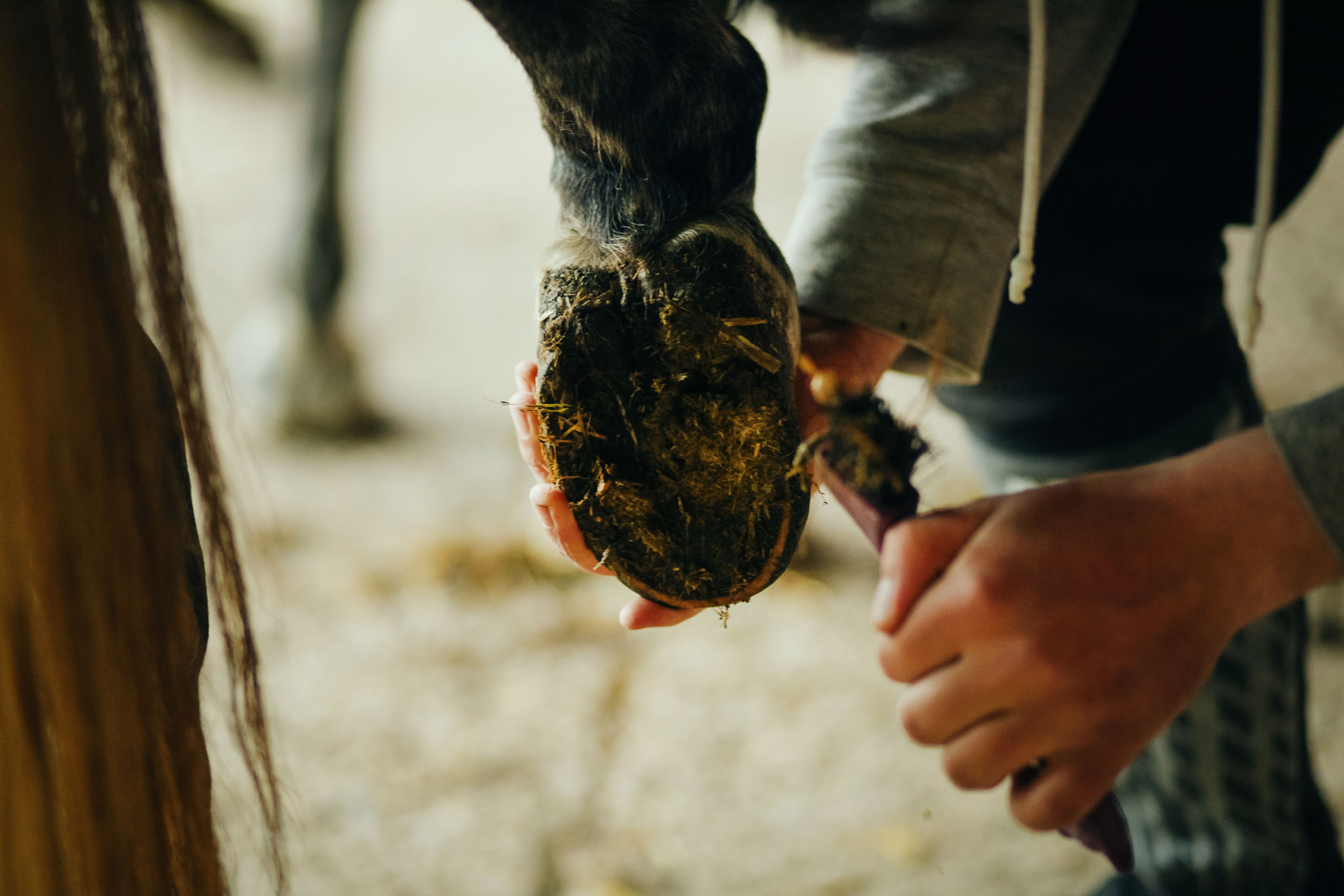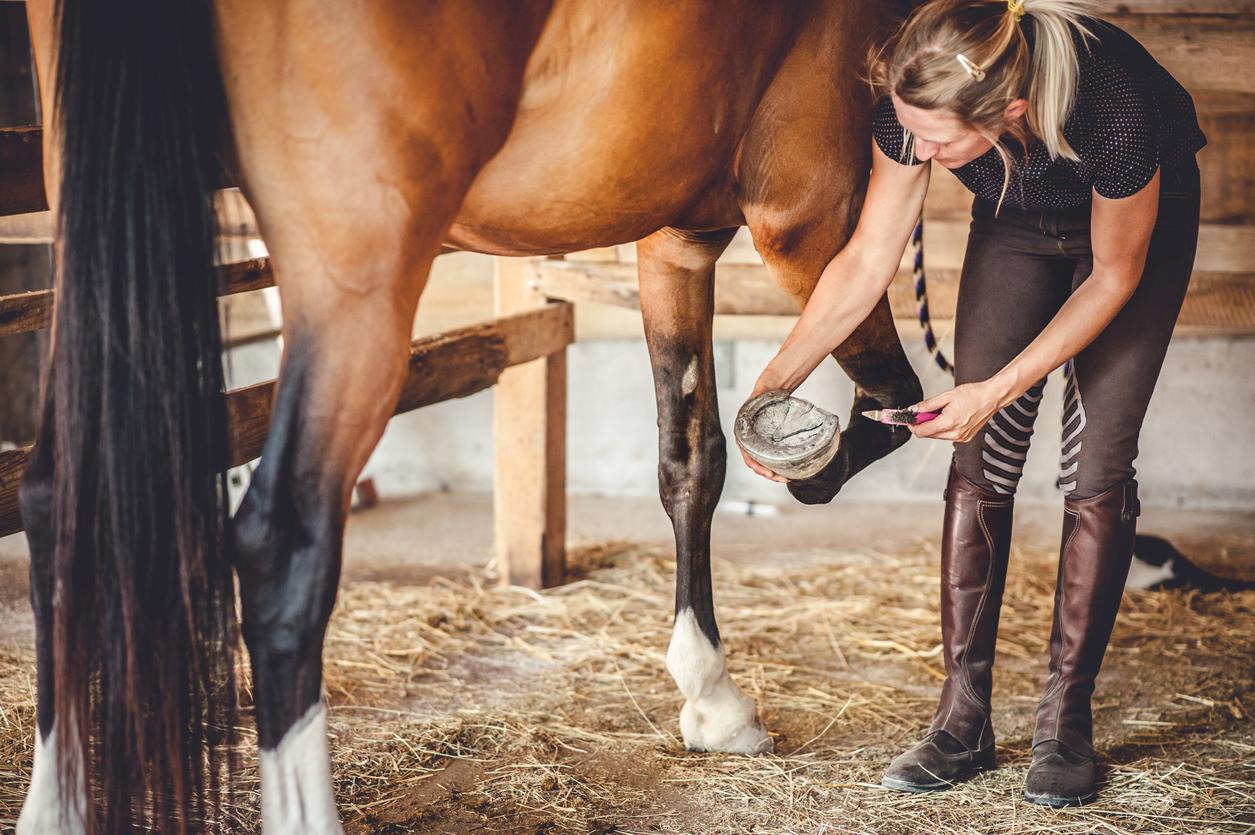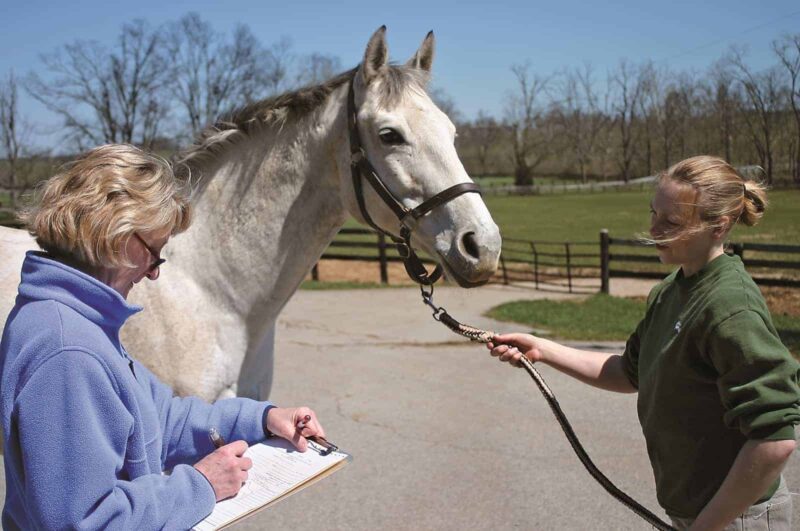Thrush is a common fungal infection that can affect horses of all ages and breeds. It most commonly occurs in the hooves, particularly in the grooves and clefts of the frog. Recognizing the signs of thrush early on is essential for quick treatment and prevention of further complications.
In this article, we will discuss the key indicators of thrush in horses and how to properly diagnose this condition. By understanding the symptoms and taking prompt action, horse owners can help their equine companions stay happy and healthy.
Introduction to Equine Thrush

Horse owners and equestrians know the importance of keeping their equine partners healthy and happy, and one common ailment that can affect horses is equine thrush. Thrush is a bacterial infection that develops in the hoof of a horse, typically in the frog area. This condition can cause discomfort and lameness if left untreated, so recognizing the early signs of thrush is essential for prompt intervention.
In this article, we will explore the key indicators and diagnosis of thrush in horses to help horse owners and caretakers better understand and address this common hoof ailment. By learning how to recognize thrush in horses, you can take proactive steps to prevent and treat this condition, ultimately promoting the overall health and well-being of your equine companion.
Signs and Symptoms of Thrush in Horses
Recognizing thrush in horses can be essential for maintaining their overall health and well-being. One of the key signs to look out for is a foul odor emanating from the affected hoof. Additionally, you may notice a black, tar-like discharge in the clefts of the frog, along with sensitivity and tenderness in the hoof.
Other symptoms may include a whitish, cheesy substance in the affected area, as well as potential lameness or reluctance to bear weight on the affected hoof. It is important to address these signs promptly to prevent further complications and discomfort for your horse.
Physical Examination for Thrush

During a physical examination for thrush in horses, veterinarians will typically look for certain key indicators to aid in the diagnosis of this common hoof condition. Signs of thrush may include a foul odor emanating from the hoof, black or grayish discharge in the frog area, and sensitivity to pressure around the affected area.
Additionally, veterinarians may observe a soft or mushy texture in the frog and surrounding tissues, as well as potential signs of inflammation or infection. It is important for horse owners to schedule regular check-ups with their veterinarian to catch and treat thrush early on before it progresses and causes further issues for the horse.
Conclusion
In conclusion, recognizing thrush in horses is crucial for maintaining theia overall health and well-being. By familiarizing yourself with the key indicators, such as foul odor, black discharge, and sensitivity to pressure, you can promptly seek veterinary attention and implement appropriate treatment measures. Remember to keep an eye on your horses hoof condition and consider using a high-quality product like Best Hoof Conditioner to prevent and combat thrush.
Early detection and proper care are essential for ensuring your horses comfort and preventing serious complications associated with this common hoof ailment. By staying vigilant and proactive, you can effectively manage thrush and promote optimal hoof health in your equine companion.


